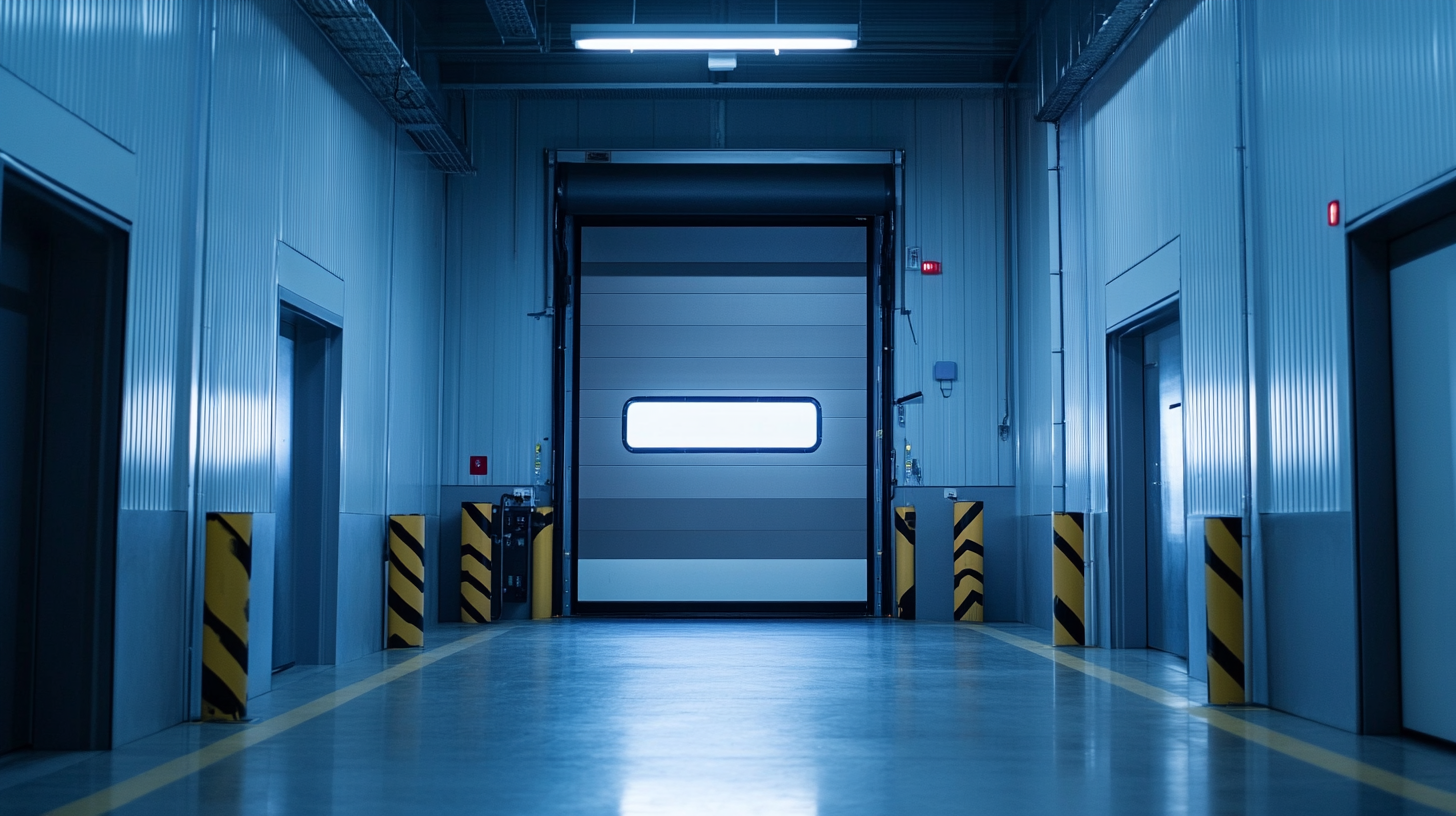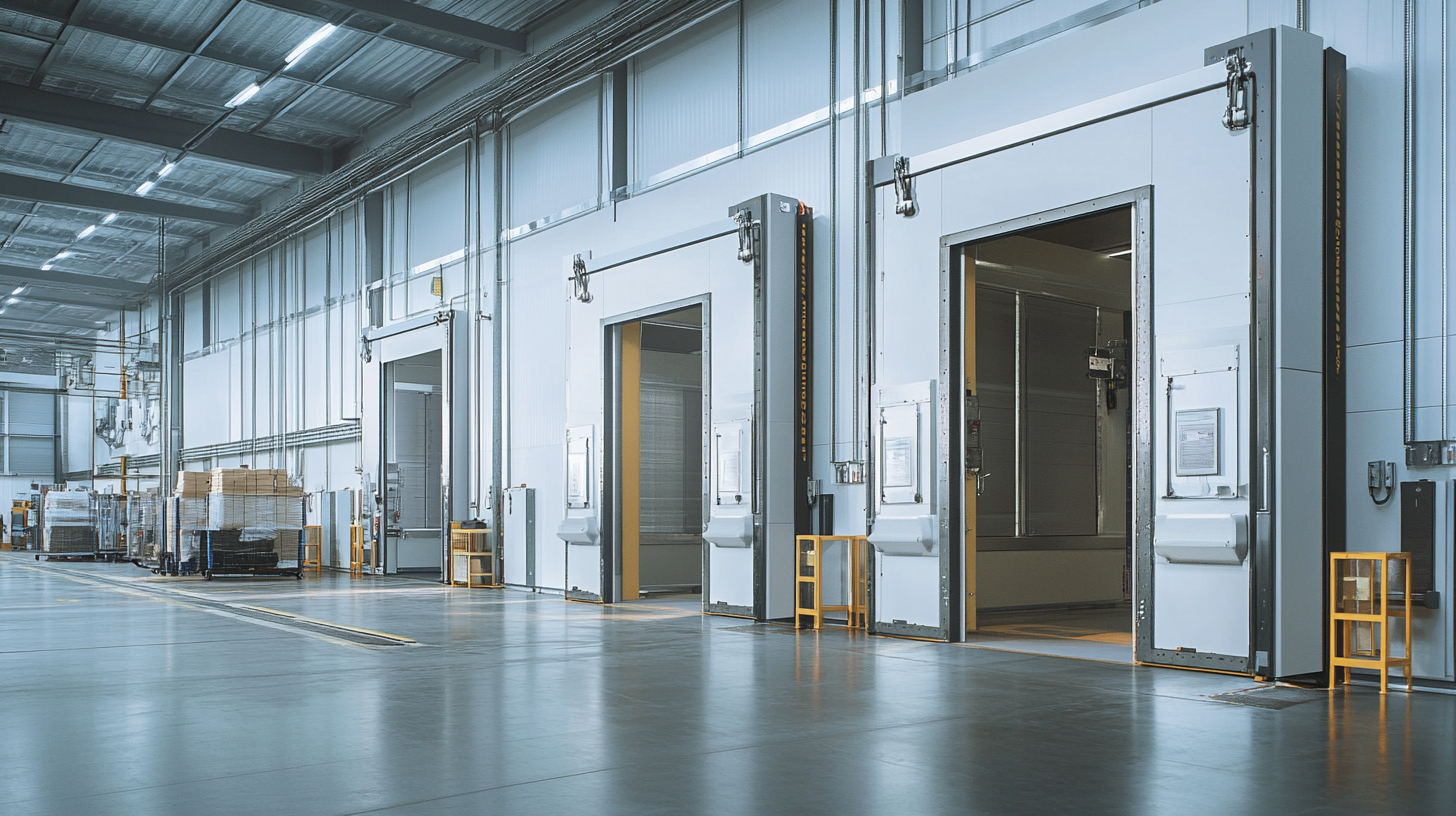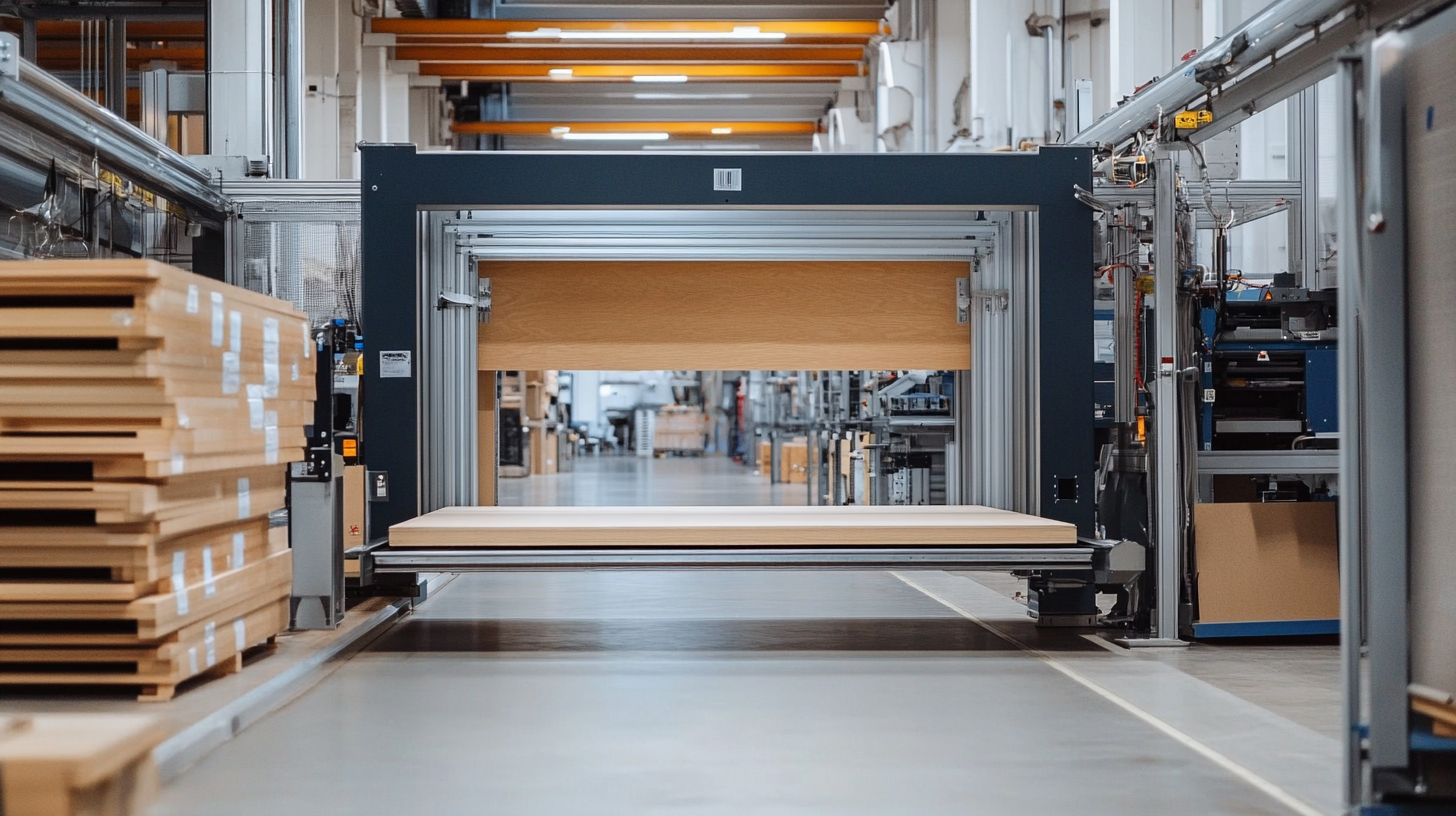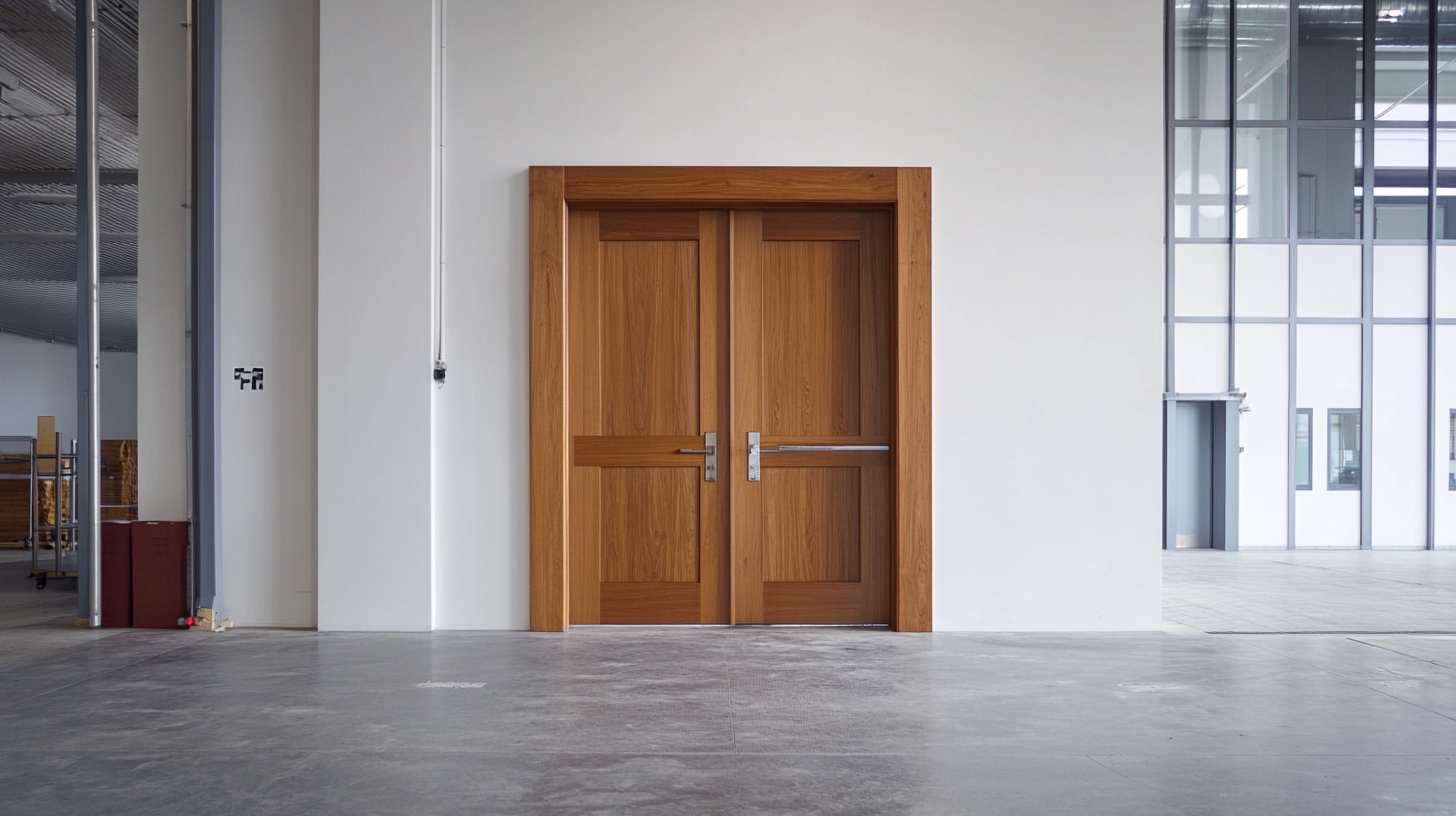Comprehensive Insights for Sourcing Prehung Door Machines Globally
In the rapidly evolving landscape of the global manufacturing industry, the demand for efficient and high-quality production equipment has surged significantly. According to a report by MarketsandMarkets, the global wood door market is projected to reach USD 15.87 billion by 2025, growing at a CAGR of 4.3%. This growth is driven by the increasing popularity of prehung doors, which not only enhance aesthetic appeal but also improve installation efficiency. Consequently, the sourcing of Prehung Door Machines has become a crucial aspect for manufacturers seeking to optimize their production lines and meet rising customer expectations.
Furthermore, the shift towards sustainable building practices and the use of eco-friendly materials is shaping the sourcing strategies for machinery in this sector. The International Door Association reports that prehung doors account for a significant portion of door sales, emphasizing the importance of investing in advanced technology to manufacture these products efficiently. As businesses navigate the complexities of sourcing Prehung Door Machines globally, it is imperative to understand market trends, technological advancements, and the competitive landscape to make informed decisions. This blog aims to provide comprehensive insights into the factors influencing the global sourcing of Prehung Door Machines, guiding manufacturers towards achieving operational excellence and sustainability.

Global Trends in Prehung Door Machine Sourcing
In the ever-evolving landscape of manufacturing, the sourcing of prehung door machines has witnessed significant global trends that reflect both innovation and economic shifts. As companies strive to improve efficiency and reduce costs, they are increasingly looking at international options for sourcing machinery. This trend is driven by the need for advanced technology and competitive pricing, pushing manufacturers to explore suppliers beyond their local markets. One of the notable global trends is the rise of automation in prehung door manufacturing. Countries that specialize in advanced manufacturing technologies, such as Germany and Japan, are leading the charge in producing high-tech door machines that enhance productivity. These machines not only streamline the production process but also integrate smart technologies that allow for real-time monitoring and maintenance. As a result, manufacturers globally are investing in these machines to ensure they remain competitive. Another significant trend is the growing emphasis on sustainability. Sourcing practices are shifting towards suppliers that prioritize environmentally-friendly production methods. This includes the use of recycled materials and energy-efficient manufacturing processes. Companies are increasingly recognizing that sustainable sourcing not only meets regulatory requirements but also appeals to environmentally-conscious consumers. By aligning with these global trends, manufacturers can adapt and thrive in a rapidly changing marketplace while contributing to a more sustainable future.

Key Factors to Consider When Choosing Suppliers
When selecting suppliers for prehung door machines, several key factors come into play that can significantly influence the sourcing decision. Understanding the market dynamics and the suppliers' reliability is essential. Just as consumers have recently had to reconsider their choices concerning micronutrients due to market updates, businesses must apply the same scrutiny to their suppliers. A strong supplier relationship not only ensures product quality but also minimizes potential disruptions in the supply chain.
In today’s global market, where supply chain interruptions can ripple through industries, having reliable suppliers is crucial. Potential suppliers should be evaluated based on their ability to deliver consistent quality and timelines. For instance, the emergence of advanced technologies and automation in logistics has transformed how businesses manage their supply chains. Similar to the benefits seen with the latest shipping solutions, integrating efficiency into the procurement process of prehung door machines can streamline operations and boost profitability.
Moreover, consider the supplier's flexibility in adapting to changing market conditions. Much like the automotive sector, where diverse battery suppliers ensure competitive advantages, sourcing prehung door machines from suppliers who can adapt to supply chain fluctuations can be a game changer. Assessing these factors holistically enables manufacturers to choose suppliers that align with their operational goals and market demands, ultimately leading to sustained success in the competitive landscape.

Technological Advances Impacting Prehung Door Production
The landscape of prehung door production has evolved dramatically in recent years, primarily driven by technological advances. As manufacturers seek to enhance efficiency and reduce costs, automation has emerged as a cornerstone of modern production lines. Advanced robotics are being integrated into the assembly process, enabling precision in the installation of hinges, locks, and frames. This not only speeds up manufacturing but also ensures a higher standard of quality control, as machines can perform repetitive tasks with consistent accuracy that surpasses human capabilities.
In addition to automation, the introduction of smart technologies has begun to revolutionize how prehung door machines operate. Industry 4.0 concepts, including the Internet of Things (IoT), allow for real-time monitoring and data analysis throughout the production process. Manufacturers can now track equipment performance, anticipate maintenance needs, and optimize workflows based on data-driven insights. This connectivity fosters a more proactive approach to production management, ultimately resulting in reduced downtime and increased throughput.
Moreover, the rise of advanced materials and manufacturing methods, such as 3D printing and sustainable composite materials, is reshaping the prehung door market. These technologies enable the creation of customized door designs that meet specific aesthetic and functional requirements, appealing to a diverse range of consumer preferences. As these innovations continue to develop, the global landscape for sourcing prehung door machines will inevitably shift, encouraging manufacturers to adapt and innovate to remain competitive.

Evaluating Cost-Effectiveness in Door Machinery Acquisition
When considering the acquisition of prehung door machines, evaluating cost-effectiveness becomes a pivotal part of the decision-making process. Businesses must closely analyze not only the initial purchase price but also the long-term operational costs associated with various machinery options. Factors such as energy consumption, maintenance requirements, and the durability of the machines can significantly impact overall expenses. By meticulously examining these elements, companies can make informed choices that align with their budgets and operational goals.
Furthermore, it's essential to assess the return on investment (ROI) for the machinery in question. A more expensive machine might offer advanced features and greater efficiency, leading to higher production volumes and lower labor costs over time. Conversely, opting for a lower-cost option may seem appealing upfront, but hidden costs related to maintenance or inefficiency can erode potential savings. Therefore, conducting a thorough analysis that weighs both the purchase price and the anticipated operational costs can uncover which machinery will ultimately provide the best value.
Engaging with suppliers that offer comprehensive data on their machines’ performance can also aid in making a cost-effective decision. Many manufacturers provide case studies and testimonials that illustrate the long-term benefits of their products. When sourcing globally, businesses should also consider any additional costs associated with shipping, import duties, and local regulations, which can influence the final expenditure significantly. By carefully navigating these considerations, companies can ensure they invest in machinery that not only meets their immediate needs but supports sustainable growth and efficiency in the future.
Navigating Regulatory Standards in Global Sourcing of Door Machines
Navigating the intricate landscape of regulatory standards is essential for businesses venturing into the global market for prehung door machines. Each country has its own set of regulations that manufacturers must adhere to, which can significantly impact both the sourcing process and the overall quality of the products. For instance, compliance with safety, environmental, and performance standards is paramount, as these factors not only affect legal conformity but also the machinery's marketability.
Moreover, understanding these regulations helps mitigate risks associated with non-compliance, such as costly fines or the potential for product recalls. It is crucial for companies to stay updated on the latest changes in regulations, which can vary greatly between regions. This vigilance not only strengthens a company’s reputation but also builds trust with international partners and consumers.
Furthermore, engaging with local regulatory bodies can provide valuable insights that may not be immediately apparent through standard research channels. Building relationships with professionals in the target market can facilitate a smoother sourcing process and ensure that companies remain on the right side of the law. By prioritizing an informed approach to regulatory standards, businesses can successfully navigate the complexities of global sourcing for prehung door machines, positioning themselves for sustained success in a competitive landscape.

